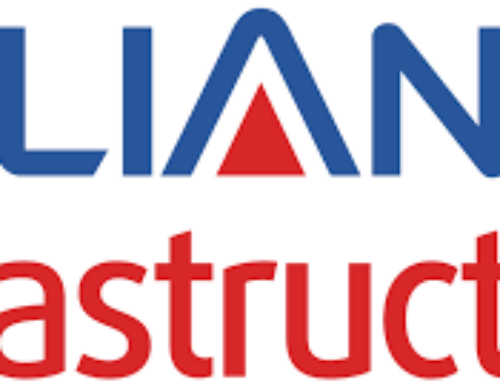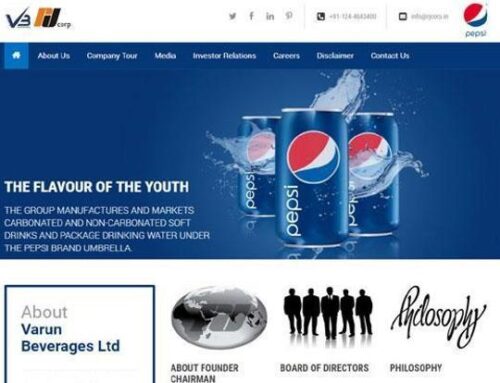Industry profile. : Indian Pharmaceutical sector is among the fastest-growing market, and it is the third-largest market by volume and thirteen by value. It is expected that the Indian pharma industry will grow with a 15% CAGR between 2015-20. The Indian pharmaceutical industry is expected to become $55 billion by 2020, emerging as the sixth-largest pharmaceutical market by absolute size. India is the largest supplier of generic drug global exports, with 20% by volume. Indian companies supply 80% of Anti-retro-viral drugs used against AIDS worldwide.
India maintains its lead over China in pharmaceutical export with 11.44% year-on-year growth to $12.91 billion. Drug approval to Indian pharma from US FDA is also increased by nearly double, but with substantial inspections, the biggest problem for many Indian companies now.
All due to support from govt of India, the sector is thriving and surviving against global competition. The farmaceutical industry is permitted to receive 100% FDI under the automatic route, so the sector attracted FDI inflows of about $ 14.53 billion between April 2000 and December 2016. many Global companies like Abbott and GSK are investing in India. In addition, the UN-backed Medicine Patent pool signed six sublicenses with Aurobindo, Cipla Disano, Emcure, Hetero Labs, and Laurus Labs to manufacture anti-AIDS medicine for 112 developing countries.
Company Profile: Company set up by Dilip Shanghvi in 1983 is a multinational company operating in the US and India. The company manufacture and sell formulations and API for Cardiology, Psychiatry, Neurology, and Gastroenterology. It also provides APIs such as warfarin, carbamazepine, etodolac, and clorazepate, as well as anti-cancers, steroids, peptides, sex hormones, and controlled substances. Today it is the most significant chronic prescription company in India and a market leader in various products like neurology, cardiology, and Ophthalmology. The acquisition of Ranbaxy makes them the most prominent Indian company in the US and Largest Pharma company in India, and the 5th largest specialty generic company globally. Over 72% of Sun Pharma sales are from markets outside India, primarily in the US. The US is the single largest market, accounting for about 50% of turnover; formulations or finished dosage forms account for 93% of the turnover. Manufacturing is across 26 locations, including US, Canada, Brazil, Mexico, and Israel plants.
Shareholding Pattern: BSE Data
Financials and Ratios : [table id=61 /]
Future prospectus: The fundamentals are stretched because of the acquisition of Ranbaxy. The solvency ratio and return on equity are in bad condition. It is affecting the stock price. Plus, recent views from USFDA on the Halol plant make it more and more difficult. But there is some sign of revival. The company is making a profit on the operational level. On a cash basis, though, it is looking bad, and the decision to give profit even when the company is making a loss is not looking good. Cyclically adjusted PE is around 22 as I write it, which is good enough if your investment time is long-term.




